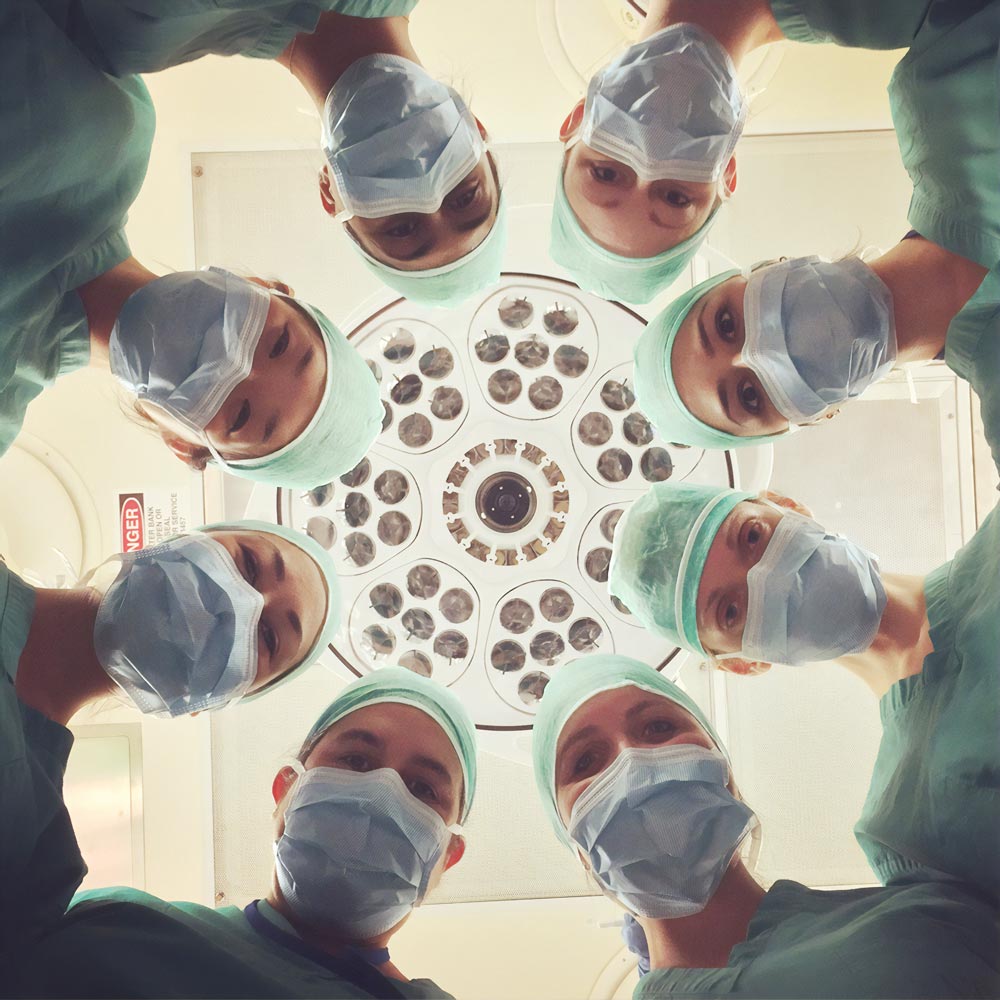

Plasma for hospital sterilization
The sterilization of reusable medical devices aims to provide the patient with the greatest health safety during his stay in a care center: hospital, doctor’s office, clinic, etc.
In this regard, the Aurora plasma sterilization technology represents a significant step forward in improving health safety.
Fighting hospital-acquired infections with sterilization
Sterilization operations occupy a prominent place in the fight of a health establishment against hospital-acquired infections. Indeed, by its destination, a healthcare establishment concentrates the opportunities to transmit to a patient an infectious disease which he did not have on his arrival.
It can be acquired either by contact with another patient, or by self-contamination during a medical procedure.
The hospital-acquired infection transmitted from one patient to another is the one that Aurora prevents, in the event that these patients share the same medical device in turn.
The good practices of hospital pharmacy, under the responsibility of a practitioner in charge of sterilization, give the indications to suitably reprocess a reusable medical device until its application on a patient.
The oldest and most common method of sterilization in healthcare centers is the autoclave.
Sterilization by autoclave consists of exposing a medical device to saturated water vapor for 18 minutes at 134°C under 2 bars of pressure.
The reprocessing cycle of a device to be sterilized
Of course the full reprocessing cycle includes other steps before and after autoclaving.
The medical device is checked and dismantled. Then it undergoes several phases of cleaning, first superficial (decontamination), then more thorough (disinfection), depending on its nature and complexity. It goes through the automatic washing machine. It can also undergo manual cleaning when its shape makes mechanized washing insufficient. A liquid disinfection step is added to reduce the microbial load. The device is then dried.
After this phase, the device is checked again, reassembled and placed in a sterile barrier system, i.e. suitable packaging that maintains the sterile state until it is used in the act of care.
It is then that it is placed – wrapped – in the sterilizer. If the composition allows it, it will most often be the autoclave.
After going through the autoclave, the device is stored and then sent to the medical department to which it belongs.
But what if the device is made of materials that cannot withstand a temperature as high as 134°C?
Low temperature sterilization today
Until now, the care center has only two solutions: low temperature sterilization (SBT) with vaporized hydrogen peroxide (VHP), or simple high-level disinfection.
Sterilization with vaporized H2O2 (VHP) appeared in the 90s. It constituted a real progress in sterilization, by making SBT accessible with good safety in the hospital. For the first time, devices such as cables, lenses or endoscopes could be sterilized. It has often accompanied the acquisition of surgical robots, some arms of which could only be sterilized with VHP.

The limits of hydrogen peroxide sterilization
However, VHP has its limits in the eyes of sterilization professionals. First, it is not compatible with certain very common materials in hospitals, such as paper and cellulose. Then the VHP process cannot penetrate narrow lumens (1mm in diameter) beyond 89cm. This last characteristic reduces its use to the shortest endoscopes, such as bronchoscopes or cystoscopes. In short, it can only treat a quarter of the endoscopes commonly present in a hospital.
Hydrogen peroxide is a chemical compound that is harmful to mucous membranes. It therefore presents a danger to sterilization personnel if it is improperly eliminated during a cycle. Practitioners also report that it damages the polymers and glues present on certain medical devices.
A final aspect of VHP concerns sterilization professionals: the homogeneity of the process. Studies have revealed a phenomenon of condensation of hydrogen peroxide on the surface of medical devices, which renders thegermicidal effect of the sterilizing agent in question inoperative at the sites of condensation. Such a point will inevitably raise regulatory questions during the new CE marking certificate that these devices will have to obtain under the new European regulation MDR 2017/45.


Aurora plasma for hospital sterilization
This is where the Aurora cold plasma sterilization technology brings a breakthrough. Aurora plasma is obtained by injecting gaseous oxygen at very low pressure, continuously throughout the sterilization cycle.
The secondary vacuum obtained in the first phase of the cycle allows the device to be purged of any residual liquid. Frozen water is even sublimated in such a vacuum.
Once the desired vacuum is reached, the O2 gas that is injected into the Aurora sterilization bag penetrates all parts of the device by pressure equalization phenomenon.
When it takes the form of plasma, it will therefore act on all the parts of the device that it bathes. This is the reason for its unique ability to penetrate the most complex shapes.
At the end of the sterilization cycle, as soon as the electromagnetic source (radiofrequency) is cut off, the plasma disappears, and only gaseous oxygen remains, which is evacuated by the pump of the Aqsaniit sterilizer. No harmful residue is no longer present.
The staff can then take the device out of its plasma sterilization bag and store it until it is used on the patient.

